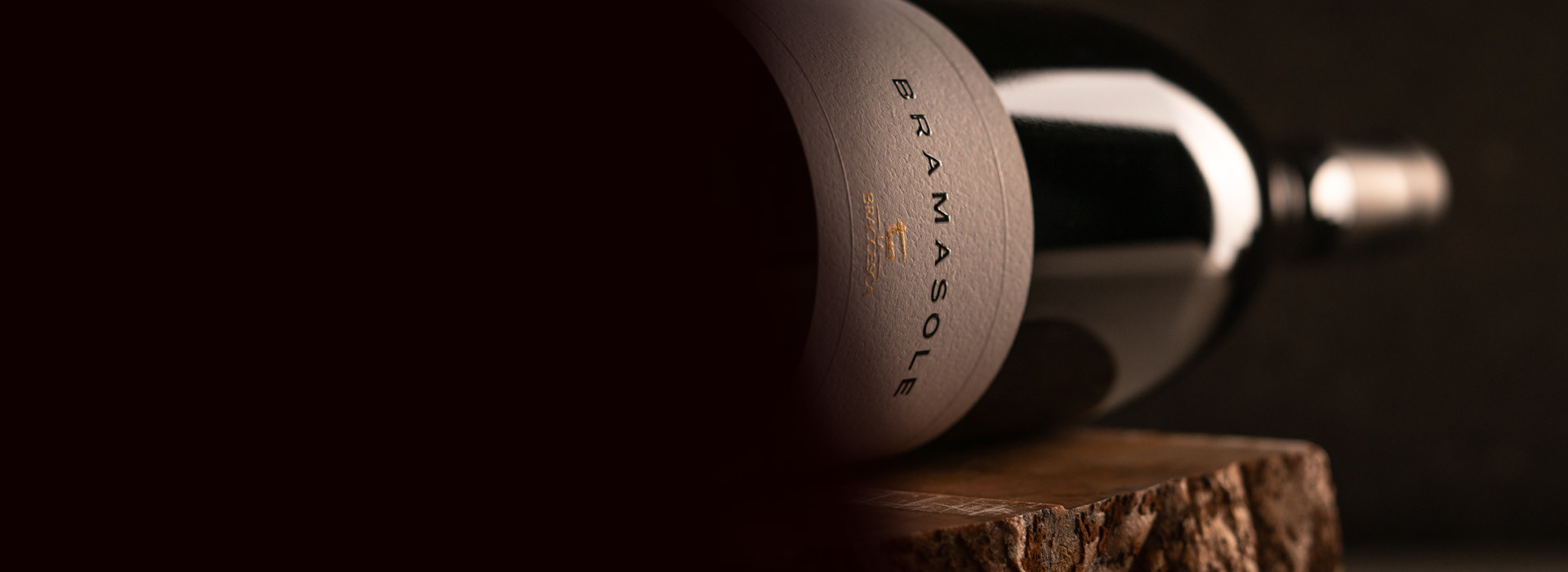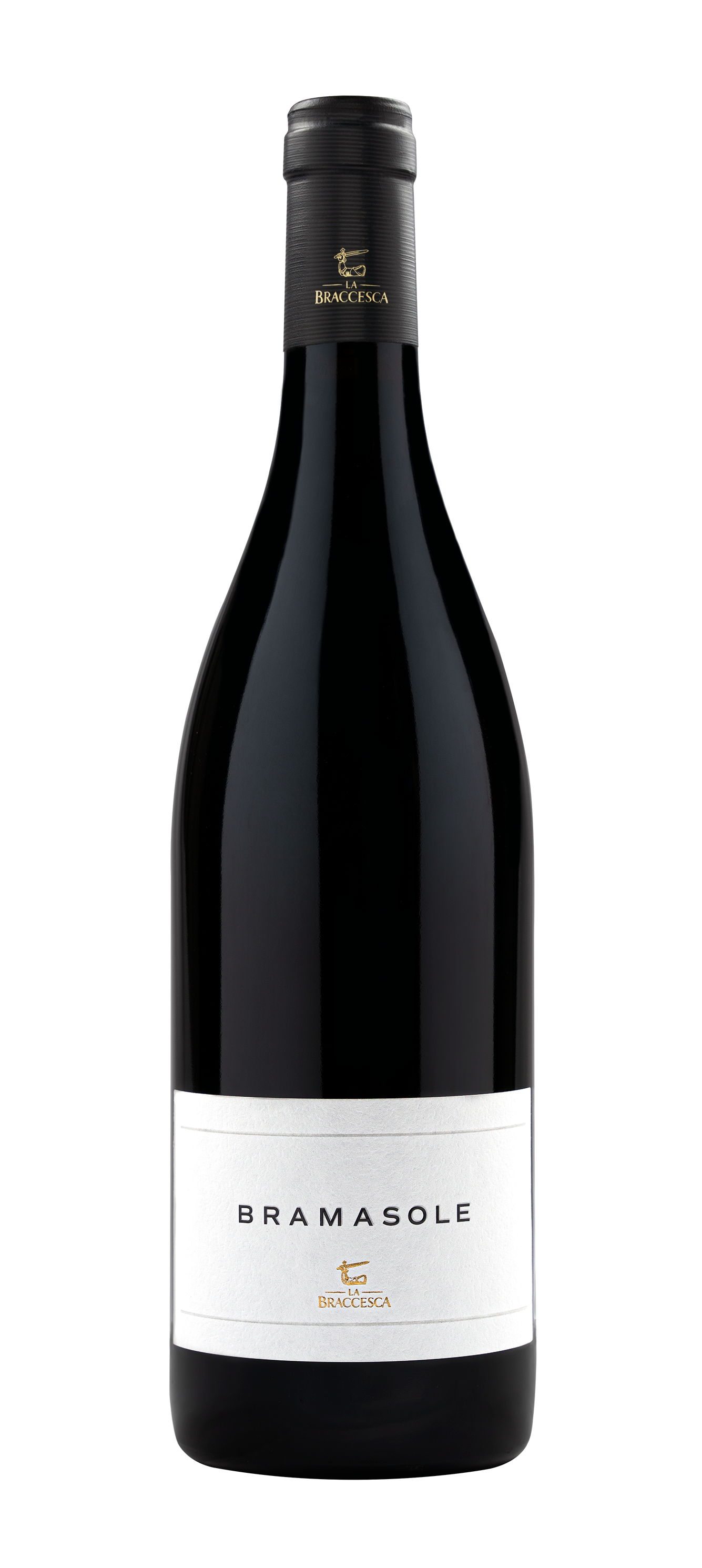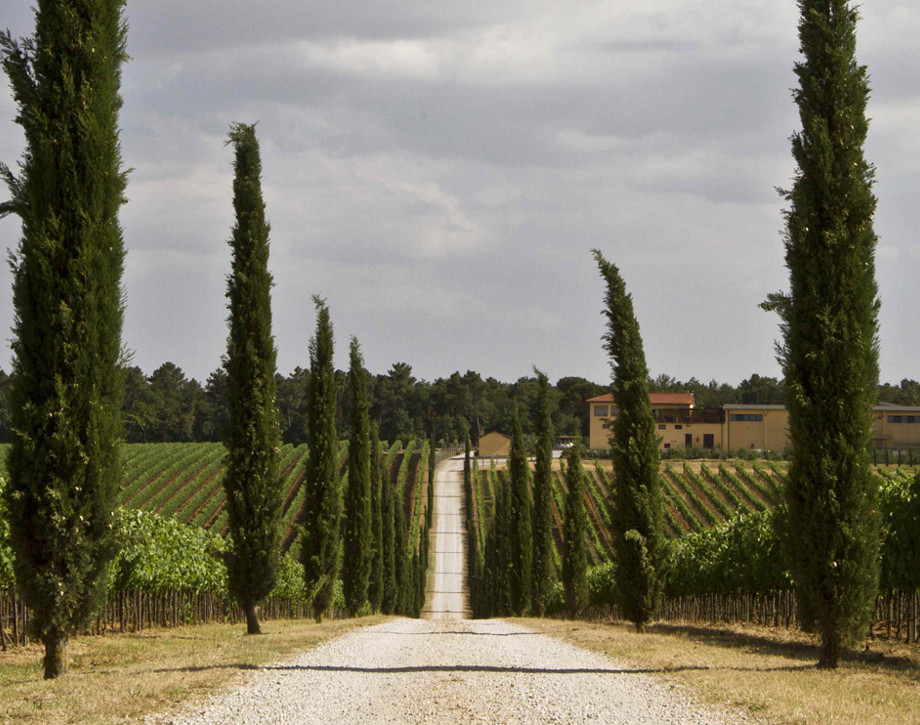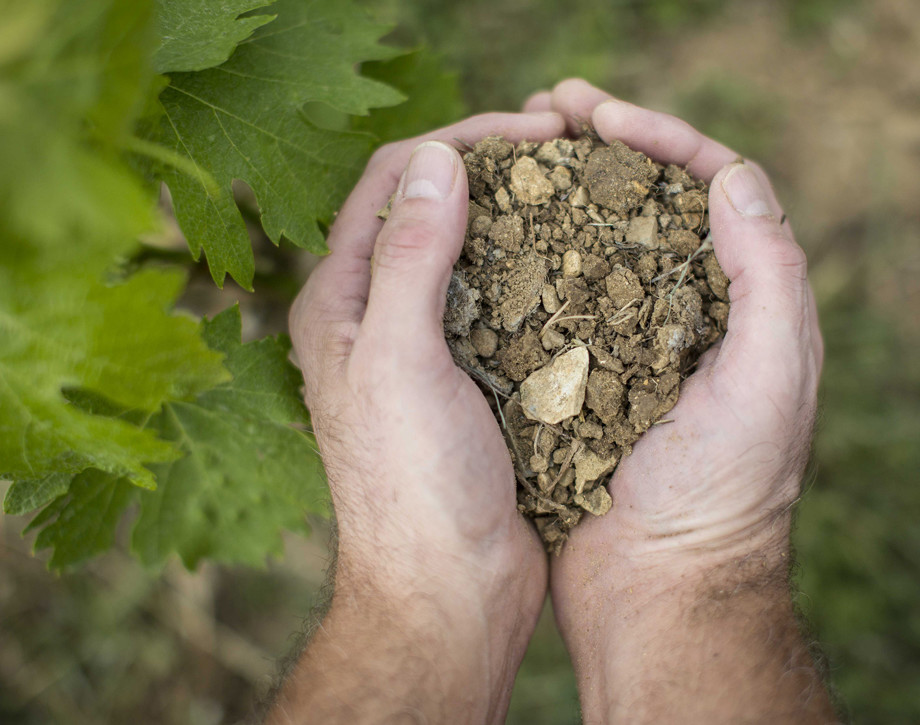Bramasole

Climate
A very mild winter created the conditions for an early start to the development of vine vegetation, two weeks, in fact, ahead of the normal period, a phenomenon which influenced the entire vegetative cycle of the vine and led to a harvest which took place ten days ahead of schedule. The summer, dry on the whole but not particularly hot, assisted in bringing the grapes to an excellent point of ripeness but with a loss of overall production of some 15-20% compared to an average vintage. The wines have rich color concentration and an elevated aromatic and structural richness. On an overall basis, it was one of the finest vintages of the past decade.
Vinification
The excellent ripening of the grapes was completed by the end of September. A precisely-timed thinning of the crop, aimed at bringing the grapes to an optimal state of ripeness, succeeded perfectly and, in lightening the load which the vine had to ripen, insured absolutely healthy grapes as well. After picking, an operation carried out entirely by hand, the grapes were brought to the cellars, destemmed, given a soft pressing. They were then moved to the tanks to begin their fermentation, which took place at temperatures kept constantly below a peak of 86° Fahrenheit (30° centigrade) in order to fully conserve the fruit and the floral notes which characterize Syrah as a variety. After twenty days of skin contact the wine went into new French oak barrels where it was put through a complete malolactic fermentation and aged for sixteen months. The finished wine, at 14.5° of alcohol, was bottled before the summer of 2009.
Historical Data
The estate’s name comes from the historical farm that once stood there, owned by the Count of Bracci, whose coat of arms appears on the estate’s logo; an arm covered with armor brandishing a sword. The property extends over an area of 508 hectares (1255 acres) and the vineyards cover an area of 340 hectares (840 acres) divided into two blocks: the first is 366 hectares (904 acres) of which 237 (585 acres) are planted with vineyards and is located on the border between the cities of Montepulciano and Cortona. The other block is 142 hectares (350 acres) of which 103 (254 acres) are planted with vineyards, it extends all the way to Montepulciano encompassing three of the most famous parcels of land known for the production of great red wines: Cervognano, Santa Pia and Gracciano. Bramasole is made from the sunniest part of the vineyard in one of Cortona’s best areas for the production of premium quality Syrah. Bramasole is a wine able to evolve over time and reflect this territory and its long-standing winemaking traditions using a new untraditional variety. Bramasole’s first vintage was 2000.
Tasting Notes
The Bramasole 2007 shows a lovely and intense ruby red color with purple highlights, the typical tonality of a wine of this variety. Liquorice, tobacco, and black pepper predominate on the nose along with notes of chocolate and ripe fruit.
Awards
Antonio Galloni 92/100 USA Wine Advocate 92/100 USA Wine Spectator 92/100 USA

The Wine
Bramasole is made from the sunniest part of the vineyard, from the Antinori family’s innovative spirit and from one of Cortona’s best areas for producing premium quality Syrah. Bramasole is a wine able to evolve over time and reflect this territory and its long-standing winemaking traditions using a new untraditional variety. The first vintage to be produced was the 2000 vintage.

Climate
A very mild winter created the conditions for an early start to the development of vine vegetation, two weeks, in fact, ahead of the normal period, a phenomenon which influenced the entire vegetative cycle of the vine and led to a harvest which took place ten days ahead of schedule. The summer, dry on the whole but not particularly hot, assisted in bringing the grapes to an excellent point of ripeness but with a loss of overall production of some 15-20% compared to an average vintage. The wines have rich color concentration and an elevated aromatic and structural richness. On an overall basis, it was one of the finest vintages of the past decade.
Vinification
The excellent ripening of the grapes was completed by the end of September. A precisely-timed thinning of the crop, aimed at bringing the grapes to an optimal state of ripeness, succeeded perfectly and, in lightening the load which the vine had to ripen, insured absolutely healthy grapes as well. After picking, an operation carried out entirely by hand, the grapes were brought to the cellars, destemmed, given a soft pressing. They were then moved to the tanks to begin their fermentation, which took place at temperatures kept constantly below a peak of 86° Fahrenheit (30° centigrade) in order to fully conserve the fruit and the floral notes which characterize Syrah as a variety. After twenty days of skin contact the wine went into new French oak barrels where it was put through a complete malolactic fermentation and aged for sixteen months. The finished wine, at 14.5° of alcohol, was bottled before the summer of 2009.
Historical Data
The estate’s name comes from the historical farm that once stood there, owned by the Count of Bracci, whose coat of arms appears on the estate’s logo; an arm covered with armor brandishing a sword. The property extends over an area of 508 hectares (1255 acres) and the vineyards cover an area of 340 hectares (840 acres) divided into two blocks: the first is 366 hectares (904 acres) of which 237 (585 acres) are planted with vineyards and is located on the border between the cities of Montepulciano and Cortona. The other block is 142 hectares (350 acres) of which 103 (254 acres) are planted with vineyards, it extends all the way to Montepulciano encompassing three of the most famous parcels of land known for the production of great red wines: Cervognano, Santa Pia and Gracciano. Bramasole is made from the sunniest part of the vineyard in one of Cortona’s best areas for the production of premium quality Syrah. Bramasole is a wine able to evolve over time and reflect this territory and its long-standing winemaking traditions using a new untraditional variety. Bramasole’s first vintage was 2000.
Tasting Notes
The Bramasole 2007 shows a lovely and intense ruby red color with purple highlights, the typical tonality of a wine of this variety. Liquorice, tobacco, and black pepper predominate on the nose along with notes of chocolate and ripe fruit.
Awards
Antonio Galloni 92/100 USA Wine Advocate 92/100 USA Wine Spectator 92/100 USA

Tenuta La Braccesca
The estate’s name comes from the historical farm that once stood there, owned by the Count of Bracci, whose coat of arms appears on the estate’s logo; an arm covered with armor brandishing a sword. Marchesi Antinori acquired the estate in 1990. The property extends over an area of 508 hectares (1255 acres) and the vineyards cover an area of 340 hectares (840 acres) divided into two blocks: the first is 366 hectares (904 acres) of which 237 (585 acres) are planted with vineyards and is located on the border between the cities of Montepulciano and Cortona. The other block is 142 hectares (350 acres) of which 103 (254 acres) are planted with vineyards, it extends all the way to Montepulciano encompassing three of the most famous parcels of land known for the production of great red wines: Cervognano, Santa Pia and Gracciano.

Soil
Clay loam
















